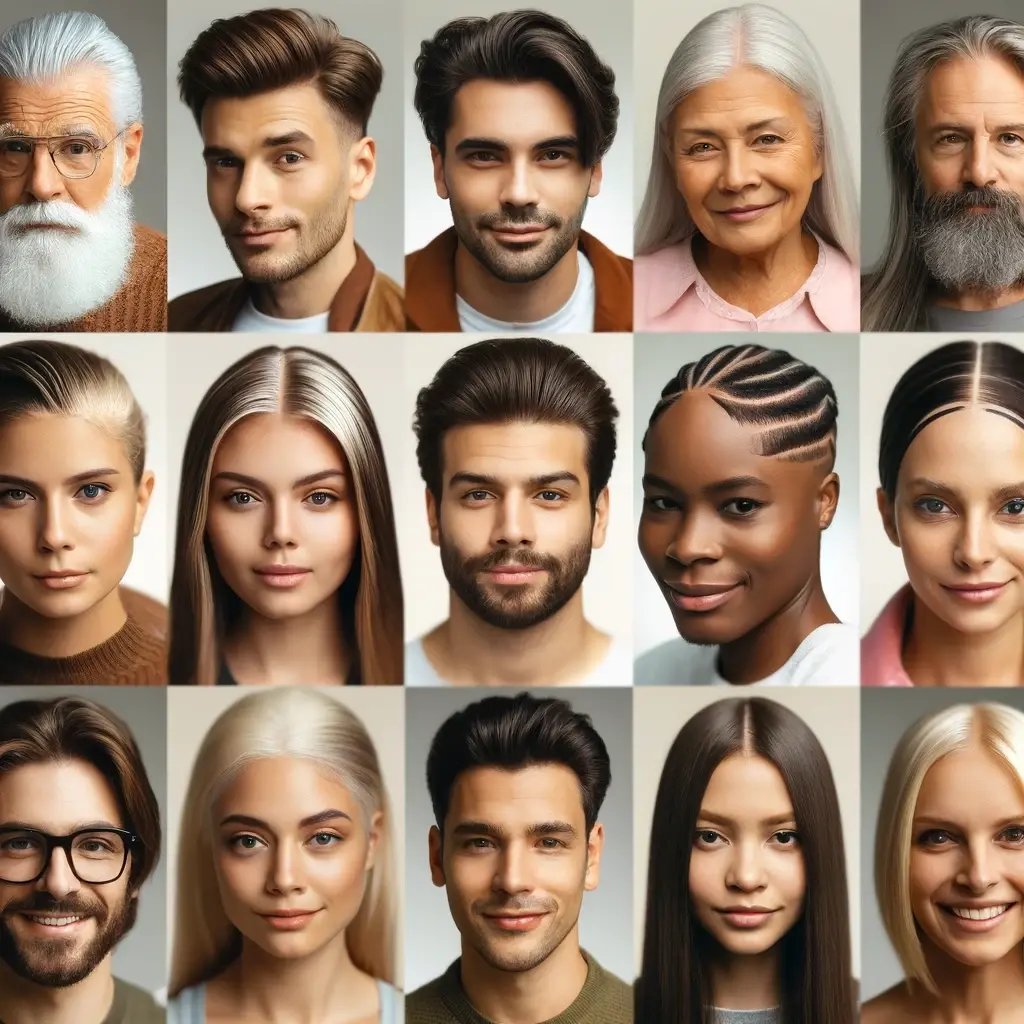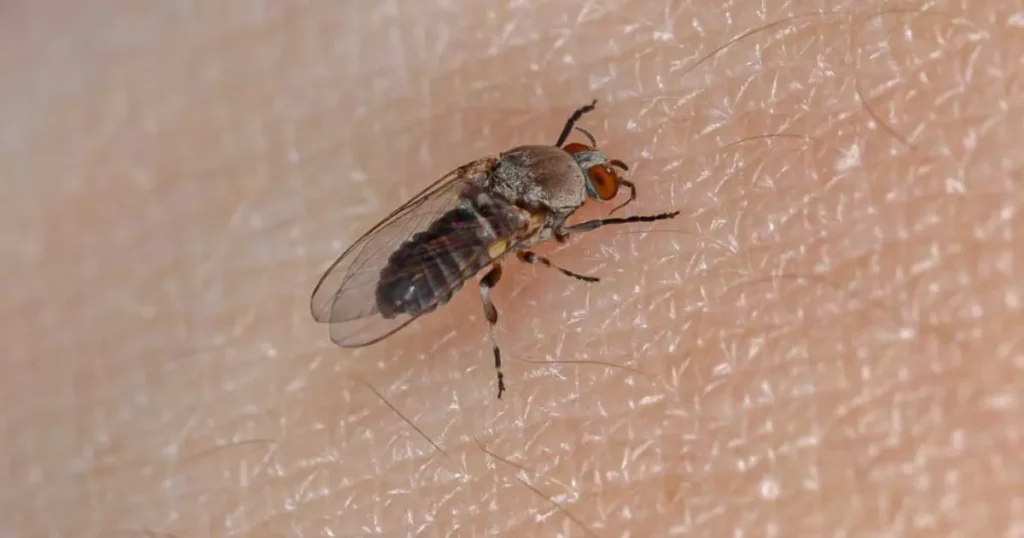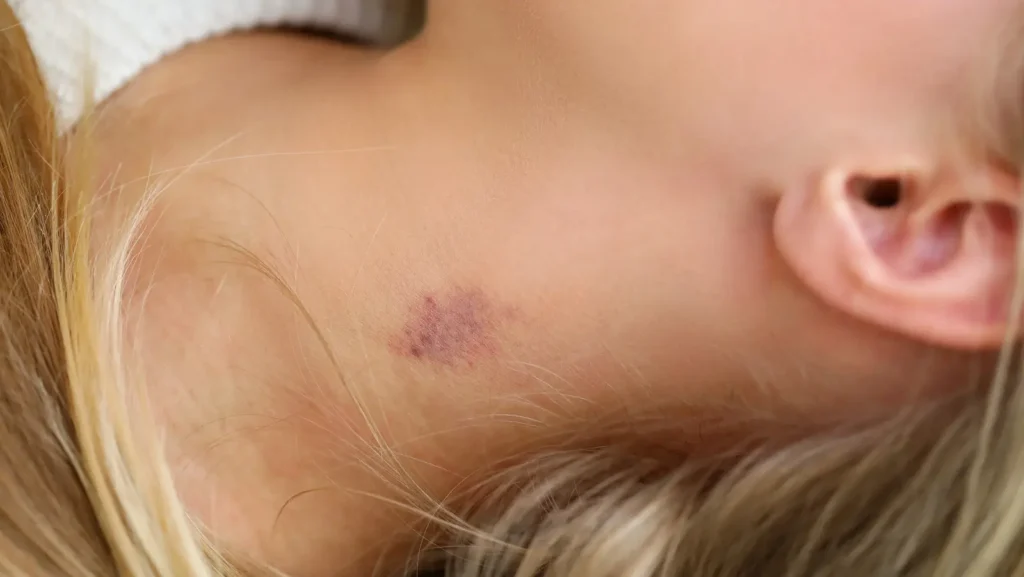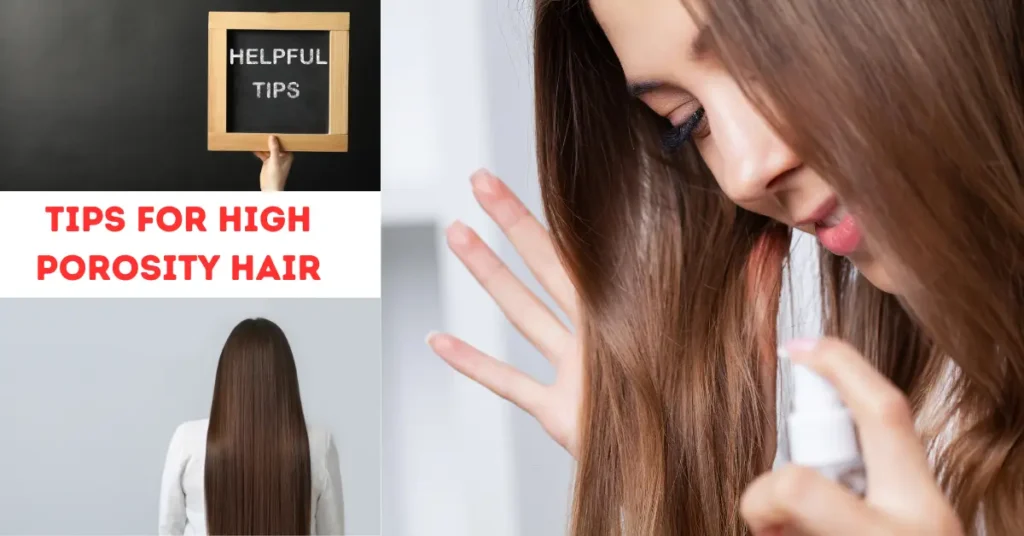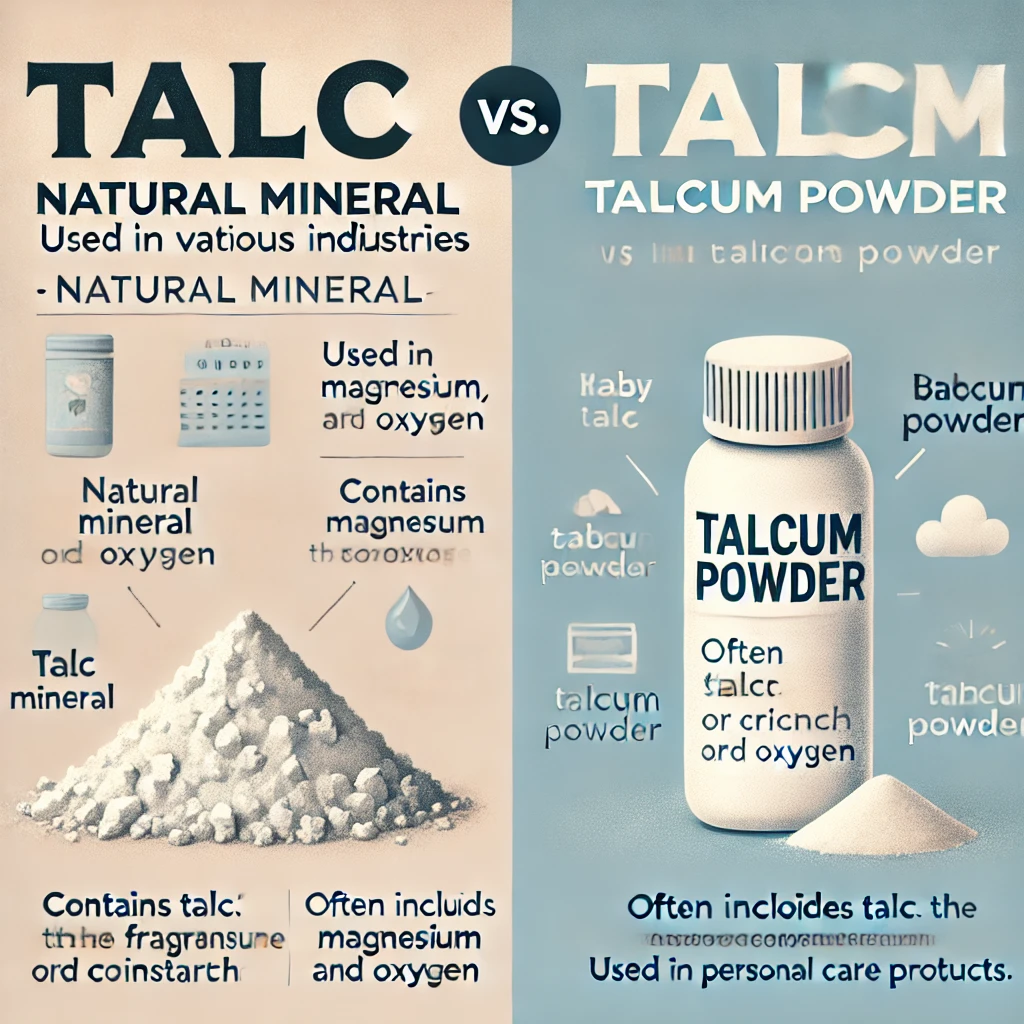Introduction:
Have you ever noticed that V-shaped hairline on someone’s forehead? That’s what we call a widow’s peak, a feature that has captured attention and sparked myths throughout history. From its portrayal in movies to its rumored connection to widowhood, the widow’s peak is a trait exploring. In this blog post, we’ll delve into the significance of widow peaks, delve into their origins, and debunk some of the misconceptions surrounding them.
What exactly is a Widow’s Peak?
A widow’s peak refers to a hairline that forms a V shape at the center of the forehead. The term originates from the hoods worn by widows during mourning in the century, which resembled this distinct shape. While often seen as a feature, the widow’s peak holds genetic and cultural meanings.
Table of Contents
The Genetics of Widows Peaks
Inheritance Pattern: Historically, widow’s peaks were believed to indicate that if one parent possesses a widow’s peak, their offspring will likely inherit it as well.
New Findings: Recent studies in genetics propose a scenario where multiple genes could play a role in determining the contour of the hairline.
Causes of Widow’s Peaks
- Genetics: The most common cause of a widow’s peak is heredity. If either of your parents has this trait, you may inherit it too.
- Hair Loss: In some cases, a widow’s peak can become more pronounced with age or hair loss, especially in men experiencing receding hairlines.
Myths and Misconceptions
- Foretelling Widowhood: One of the oldest myths is that those with a widow’s peak will outlive their spouses. This superstition lacks any scientific basis and is purely folklore.
- Association with Vampirism: Pop culture often portrays vampires with widow’s peaks, perhaps due to the trait’s sharp and striking look. Again, this is a fictional creation with no roots in reality.
Psychological and Social Impact
- Perception in Society: People with widow’s peaks sometimes report feeling self-conscious, especially if peers highlight it as unusual. However, many learn to embrace this unique aspect of their appearance.
- Celebrity Influence: Numerous celebrities with widow’s peaks, such as Marilyn Monroe and Keanu Reeves, have helped transform the trait into a symbol of allure and charisma.
Managing and Styling a Widow’s Peak
- Haircut Tips: Certain hairstyles, like fringes or side parts, can either accentuate or conceal a widow’s peak, depending on personal preference.
- Hair Care: Maintaining hair health is crucial, especially if hair loss is a concern. Regular trims, proper hydration, and minimal chemical treatments can help manage the distinctiveness of the hairline.
Conclusion: Embracing Individuality
A widow’s peak is just one of many traits that contribute to our unique physical appearance. Whether you consider it a charming quirk or a defining feature, it’s important to embrace what makes you individual and recognize the beauty in our differences. The widow’s peak is a reminder of the fascinating variety in human genetics and the stories we tell about our bodies.
FAQ: Understanding Widow’s Peaks
Q1: What exactly is a widow’s peak?
A1: A widow’s peak is a distinct V-shaped point in the hairline in the center of the forehead. It’s a genetic trait where the hair grows to a point on the forehead.
Q2: Is having a widow’s peak a dominant genetic trait?
A2: Previously, it was thought that a widow’s peak was a dominant genetic trait. However, recent studies suggest that multiple genes might influence the shape of the hairline, indicating that it’s more complex than a simple dominant trait.
Q3: Can a widow’s peak develop over time, or must you be born with it?
A3: While most people with widow’s peaks are born with them due to genetics, they can become more pronounced or appear more defined as a result of hair loss or changes in hairline due to aging.
Q4: Are there any medical concerns associated with having a widow’s peak?
A4: No, a widow’s peak is a normal variation of human hairlines and is not associated with any medical issues.
Q5: How can I style my hair if I have a widow’s peak?
A5: You can choose to either accentuate or conceal your widow’s peak with various hairstyles. Fringes or bangs can help conceal it, while styles that pull the hair back will make it more pronounced. It’s all about personal preference!
Q6: Why is it called a widow’s peak?
A6: The name comes from the historical belief that women who had this hairline shape would outlive their husbands, thus becoming widows who might wear a peaked hood as part of their mourning attire in the 18th century.
Q7: Are there any famous people with widow’s peaks?
A7: Yes, many celebrities known for their distinct looks have widow’s peaks, including Marilyn Monroe, Keanu Reeves, and Leonardo DiCaprio.
Q8: Can men and women both have widow’s peaks?
A8: Yes, widow’s peaks can appear in both men and women. It is a genetic feature and is not limited by gender.
Q9: Does a widow’s peak indicate any personality traits or characteristics?
A9: No, there are no personality traits or characteristics scientifically linked to having a widow’s peak. Any such associations are purely based on folklore or myths.
Q10: Can I change the shape of my widow’s peak?
A10: Certain hairstyles can modify the natural shape of a widow’s peak, but permanently changing its natural growth pattern would require cosmetic procedures such as hairline reshaping or hair transplantation.
